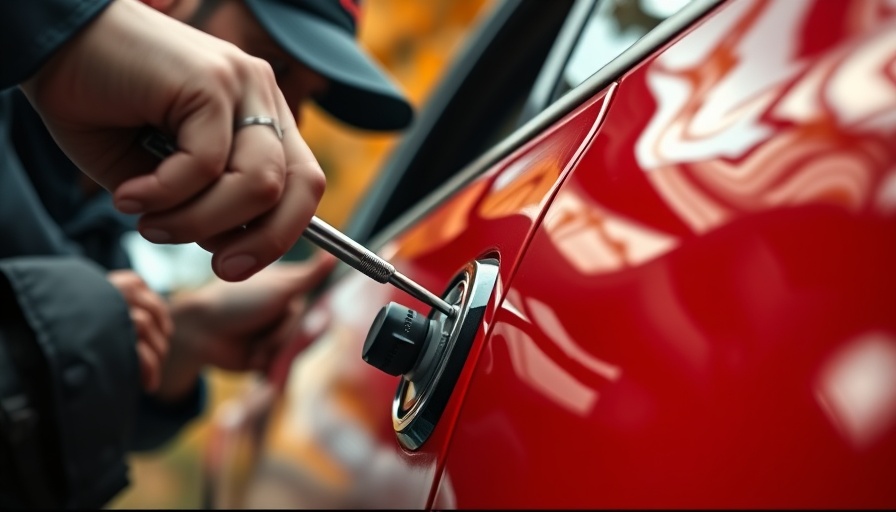
Understanding SmartThings Hub Groups and Backup Features
The SmartThings ecosystem is continually evolving, and with the introduction of the Hub Groups and Hub Backup features, users can navigate their connected homes with greater ease and confidence. But how does this technology actually work? Let’s dive into some frequently asked questions that illuminate these new features and provide crucial tips for users.
What Are Hub Groups and Their Importance?
Hub Groups are designed to enhance the functionality of your smart home setup by allowing multiple hubs to work together seamlessly. This collaborative framework creates a unified smart environment, ensuring that devices communicate effectively across different hubs, improving efficiency and coverage. But why is this important? Imagine having smart devices distributed throughout your home, yet controlled from a single interface. It simplifies everything from lighting control to security monitoring—making your life easier, while also enhancing the performance of each gadget involved.
How Does Hub Backup Functionality Work?
Hub Backup provides a layer of security in your smart home setup. Should your primary hub experience an unexpected setback, like a power outage or technical glitch, the backup hubs step in to take over. This transition isn't immediate; the devices and routines transfer to the backup hub ten minutes after the primary hub goes offline. This means that while there may be a slight delay in response, the fortification of your system ensures minimal disruption to your daily life.
Compatibility: What Hubs Are Supported?
While the SmartThings Hub Groups and Hub Backup are impressive features, they come with specific compatibilities. Supported hubs include the Aeotec Smart Home Hub, Samsung SmartThings Hub 2018 (Hub v3), and several smart TVs and sound systems. Users need to ensure their devices are equipped with Thread/Zigbee radios built-in, as models that require additional dongles simply won't make the cut. This attention to compatibility emphasizes the importance of a cohesive infrastructure within your smart home.
Managing Multiple Hubs: Choice and Control
What happens when you have more than one secondary hub? Users can choose the best backup hub that fits their setup if the primary hub fails. This is significant because it puts control back into the hands of the user. With the Auto Hub Backup option in the Hub Manager, you can easily manage which hub serves as the backup, giving you peace of mind regarding your smart home functionalities.
Future Predictions: What’s On the Horizon for SmartHome Innovations?
As smart home technology advances, we can expect these features to become even more sophisticated. Future updates may enhance the transfer speed of routines between primary and backup hubs, potentially reducing the ten-minute delay. Additionally, with growing IoT integrations, the ability for different types of devices to communicate could vastly improve, making our home automation systems even more intuitive and user-friendly.
Common Misconceptions About Hub Features
One prevalent misconception regarding Hub Backup is that it replaces the older Hub Replace feature. However, this isn’t the case. Hub Replace serves users who need to permanently transfer devices when upgrading their hubs, whereas Hub Backup is geared towards immediate functional stability. Understanding these distinctions positions you to manage your smart home technology more effectively.
Conclusion: The Control is in Your Hands
Mastering SmartThings Hub Groups and backup features not only enhances the quality of your home automation experience but also gives you unprecedented control over your connected devices. As smart home technology continues to enhance our daily interactions, staying informed is key. Consider diving deeper into these features, exploring how they can best serve you and enhance your lifestyle.
 Add Row
Add Row  Add
Add 



 Add Row
Add Row  Add
Add 


Write A Comment